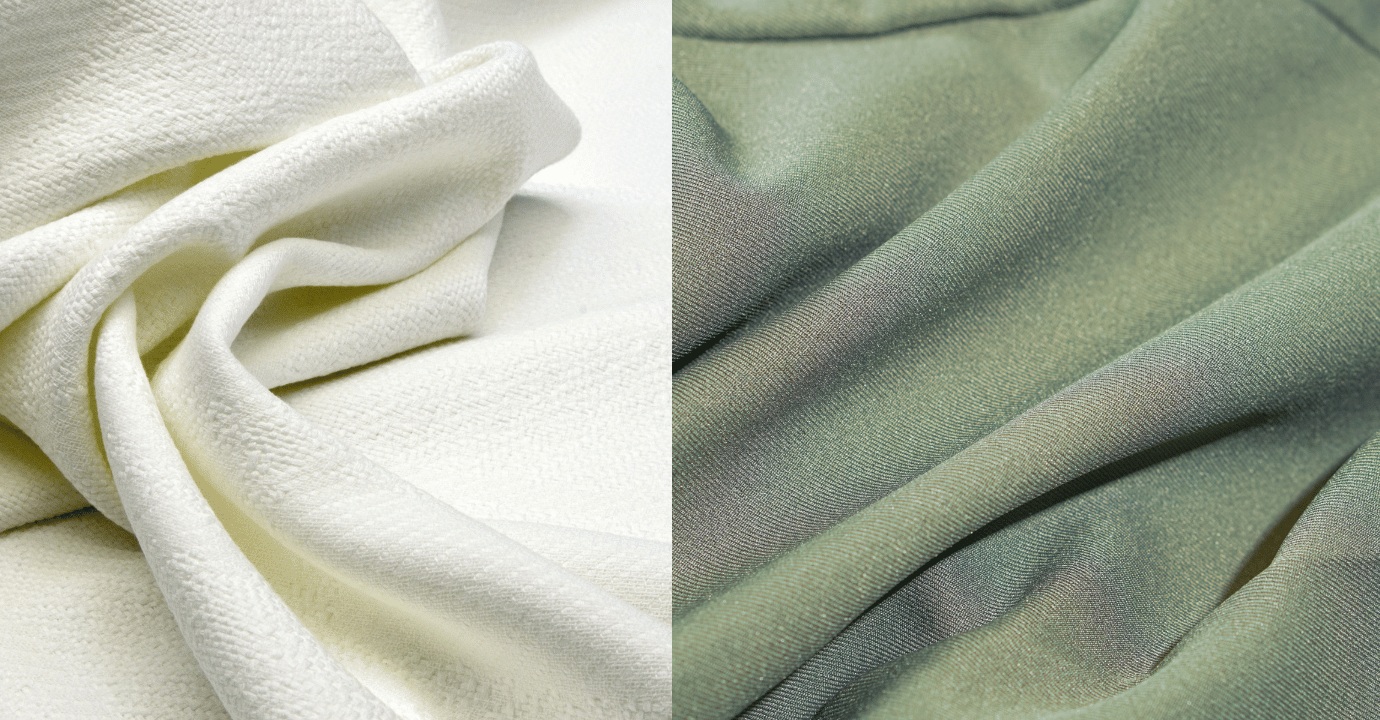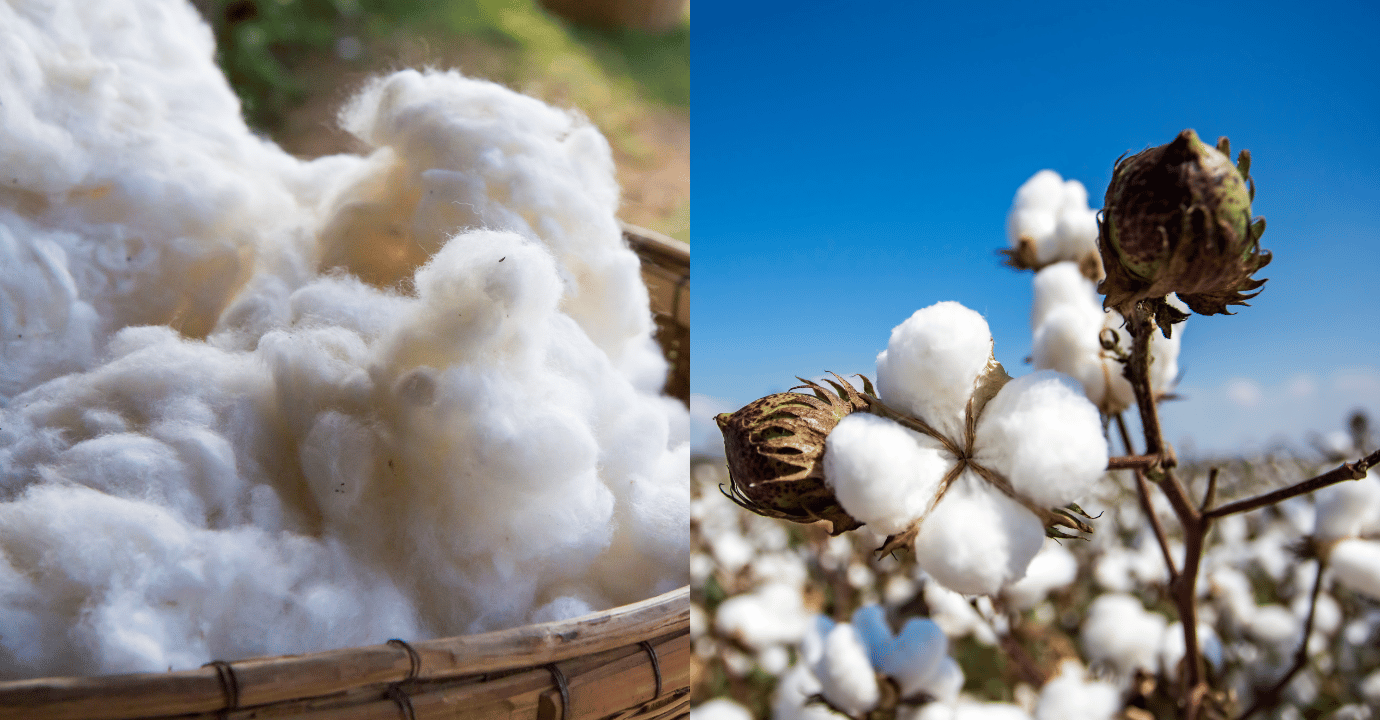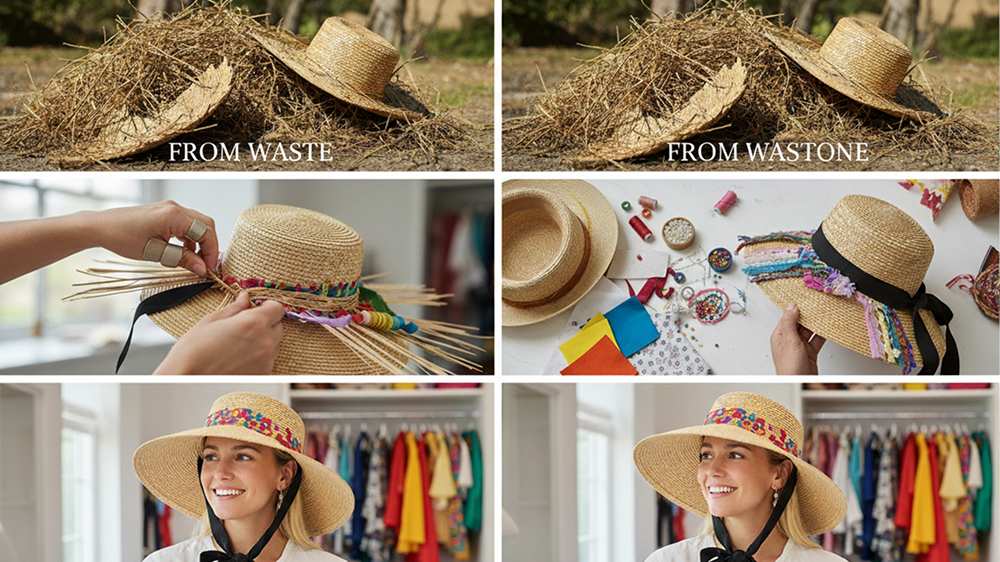Straw hats are a trendy choice in fashion, admired for their stylish appearance and practical benefits. You’ll see them often at beach outings, summer festivals, or even paired with everyday outfits.
But while these hats are popular, it’s important to consider their environmental impact as well as a fashion conscious individuals.
Straw hats, like many fashion accessories, have a carbon footprint that spans from sourcing materials to production and transportation.
By understanding this impact, consumers can make more informed decisions and choose eco-friendly options.
In this article, we’ll delve into the carbon footprint of straw hats and explore sustainable alternatives and practices that help reduce this impact.
Understanding Straw Hat Materials
Straw hats have been a popular accessory for centuries, known for their stylish look and sun protection. They come in a variety of materials, which can be divided into two main categories: natural fibers and synthetic alternatives.
Common Materials Used in Straw Hats
Natural Fibers

Natural fibers come from plants and have unique qualities that make them ideal for straw hats.
Here are a few commonly used ones:
-
Straw: Sourced from wheat or rice straw, it’s lightweight and breathable, making it a versatile choice for warm weather.
-
Seagrass and Raffia: Both offer flexibility and a natural look, making them popular choices for eco-friendly hats.
Jute: Valued for its durability and eco-friendliness, jute is a sustainable material that supports reducing plastic waste.
Synthetic Alternatives
Synthetic materials are also used in straw hat production. The most common synthetic option is polyester.
Although it is durable and versatile, polyester is made from petroleum, which raises significant environmental concerns.

Unlike natural materials, synthetic materials contribute to plastic waste and have a higher carbon footprint.
Why Choose Natural Fibers?
Choosing natural fibers over synthetic materials offers numerous benefits:
-
Biodegradability: Natural fibers like straw, seagrass, and jute decompose more easily than synthetics. This means they create less waste and have a smaller long-term environmental impact.
-
Lower Environmental Impact: Producing natural fibers typically uses less energy than making synthetic materials. Plus, growing plants for these fibers often requires fewer chemicals and involves less intensive processing.
-
Sustainability: Many natural fibers are renewable resources. For example:
-
Wheat or Rice Straw: These are byproducts of agriculture that would otherwise be discarded.
-
Seagrass: Harvested in a way that doesn't harm marine ecosystems.
-
Overall, natural fibers are often considered more sustainable due to their biodegradability and lower production impact, aligning with eco-friendly practices in the fashion industry that support sustainability.
Organic Cotton: A Sustainable Choice for Straw Hats

Organic cotton is distinguished by its eco-friendly cultivation methods.
Unlike conventional cotton, which often uses synthetic pesticides and fertilizers, organic cotton is grown without these harmful chemicals.
This approach not only protects the environment but also promotes safer working conditions for farmers.
Environmental Benefits
Incorporating organic cotton into straw hat manufacturing provides several environmental advantages:
-
Reduced Water Consumption: Organic cotton farming typically relies on rain-fed water systems, reducing the need for irrigation.
-
Improved Soil Health: Techniques such as crop rotation and composting boost soil fertility and structure, benefiting the overall ecosystem.
-
Biodiversity Preservation: By avoiding chemical inputs, organic cotton farming helps maintain local biodiversity, supporting diverse plant and animal life.
Why Choose Organic Cotton?
Choosing organic cotton for straw hats supports sustainable fashion. Its biodegradable nature means these hats won't add to long-term waste issues. Additionally, organic cotton's lower environmental impact makes it a top choice for eco-conscious consumers.
Using organic cotton demonstrates a commitment to sustainability, benefiting both the planet and the communities involved in its production.
Bamboo: A Fast-Growing and Eco-Friendly Option

Bamboo is a fantastic choice for straw hats due to its rapid growth and minimal resource needs. Unlike many traditional crops, bamboo matures in just three to five years and doesn’t require replanting.
This fast growth cycle ensures a steady supply while minimizing environmental impact.
Efficient Water Usage
A major sustainability benefit of bamboo is its efficient water usage. While traditional crops often need substantial amounts of water, which can lead to water scarcity, bamboo thrives with minimal water.
This makes it an excellent choice for areas prone to drought or for those aiming to conserve water.
Other Benefits
Bamboo offers several other benefits:
-
Land Efficiency: Bamboo requires less land than traditional crops like cotton or wheat, producing more biomass per hectare.
-
Low Pesticide Use: Naturally pest-resistant, bamboo reduces the need for harmful pesticides. This helps maintain healthier ecosystems and prevents chemical runoff into waterways.
Incorporating bamboo into straw hat production allows brands to significantly lower their carbon footprint and support sustainable farming practices.
This approach not only benefits the environment but also aligns with the growing consumer demand for eco-friendly products.
Hemp: Durability Meets Environmental Responsibility

Hemp is gaining popularity in the straw hat industry due to its impressive durability and longevity. Known for its strength, hemp hats endure wear and tear better than many other materials, resulting in longer-lasting products and fewer replacements.
This not only makes hemp a practical choice but also contributes to reducing overall waste.
Key Benefits of Hemp in Straw Hat Production
-
Strength & Longevity: Hemp fibers are exceptionally strong, making them perfect for durable straw hats that last longer and withstand wear and tear.
-
Low Pesticide Use: Hemp cultivation requires minimal pesticides, which helps maintain a healthier environment and reduces chemical runoff into water sources.
Hemp's Environmental Credentials
Hemp is not only strong but also environmentally friendly, making it a sustainable choice due to its growth characteristics:
-
Rapid Growth: Hemp matures quickly, often within 90 to 120 days
-
Carbon Sequestration: It effectively absorbs carbon from the atmosphere, helping to offset greenhouse gas emissions.
Using hemp in straw hat production supports eco-conscious practices for businesses. Its durability reduces waste over time, and its minimal environmental footprint makes it a responsible choice.
By opting for hemp-based straw hats, consumers can enjoy stylish headwear while supporting sustainable agriculture.
The Role of Sustainable Practices in Straw Hat Production

Sustainable practices are crucial in straw hat production. Ethical brands prioritize responsible sourcing to ensure sustainability throughout the entire lifecycle of their products.
This involves selecting environmentally friendly materials and ensuring that the processes used for growing and harvesting do not harm nature.
Key Sustainable Practices
1. Responsible Sourcing
Ethical brands select materials like organic cotton, bamboo, and hemp, which have minimal environmental impact. They also emphasize fair trade practices to ensure workers are treated fairly and work in safe conditions.
2. Innovative Manufacturing Techniques
-
Upcycling: Some brands repurpose old hats into new designs, reducing waste and giving discarded materials a second life.
-
Renewable Energy: Using renewable energy sources during production helps lower the carbon footprint of manufacturing.
The Carbon Footprint Debate: Natural Fibers vs. Synthetic Materials
The carbon footprint debate for straw hats centers on comparing the energy use and greenhouse gas emissions of natural fibers versus synthetic materials.
Energy Requirements
Natural Fibers: Straw and Cotton
Natural fibers like straw (from wheat or rice) and cotton primarily depend on solar energy for their growth and harvesting. This generally results in lower greenhouse gas emissions compared to synthetic materials.
However, the carbon footprint can increase due to factors such as irrigation, fertilizer use, and mechanical harvesting.
Synthetic Materials: Polyester
The production of synthetic fibers such as polyester is highly energy-intensive. It involves extracting and refining petroleum, followed by polymerization, all of which require substantial amounts of fossil fuels.
This process releases significant quantities of carbon dioxide (CO₂) and other greenhouse gases into the atmosphere.
Greenhouse Gas Emissions
Cultivation/Harvesting
Natural fibers generally have lower emissions during cultivation and harvesting because plants absorb CO₂ through photosynthesis. However, the use of fertilizers and pesticides can contribute to increased emissions.
In contrast, the production of polyester involves extracting and processing crude oil, which releases significant CO₂ emissions at every stage. This contributes substantially to the overall greenhouse gas burden.
Spinning/Weaving
Spinning and weaving natural fibers typically use less energy than their synthetic counterparts. Employing renewable energy sources during these processes can further reduce their environmental impact.
In contrast, the spinning and weaving of polyester demand high energy inputs throughout the production process, which significantly increases its carbon footprint.
Key Takeaways
-
Natural Fibers: Straw and cotton usually have a lower carbon footprint, with reduced energy needs and greenhouse gas emissions during cultivation and processing.
-
Synthetic Materials: Polyester has a higher carbon footprint due to its reliance on fossil fuels throughout extraction and manufacturing.
Understanding these differences helps consumers make more informed choices that support environmental sustainability when selecting straw hats.
Innovative Practices Driving Sustainability Forward In The World Of Straw Hats
Sustainable Fashion
Upcycling is a key player in the sustainable fashion movement, offering benefits that go beyond waste reduction. By converting old or discarded items into new, stylish products, upcycling extends the lifecycle of materials and reduces the need for virgin resources.

In the context of straw hats, upcycling can also preserve cultural heritage by reviving traditional weaving techniques.
This approach not only rejuvenates old materials but also keeps traditional craftsmanship alive.
Benefits of Upcycling
-
Reduces Waste: Upcycling helps divert materials from landfills by giving them a new purpose.
-
Decreases Demand for New Raw Materials: By reusing existing materials, upcycling lessens the need for fresh resources.
-
Preserves Traditional Crafts: Reviving and using traditional techniques keeps cultural craftsmanship alive.
-
Adds Unique Pieces: Upcycling creates distinctive, one-of-a-kind items that add originality to fashion collections.
For more upcycling tips read our article "Upcycled Straw Hats: From Waste to Wardrobe"
Zero-Waste Manufacturing Techniques

Zero-waste manufacturing focuses on maximizing material use and minimizing surplus or defective items throughout production. Innovative brands apply these techniques to ensure minimal waste at every stage.
For straw hats, this might involve designing patterns that optimize fabric usage or using advanced technology to reduce offcuts.
Making Conscious Choices As A Consumer Of Straw Hats
When selecting straw hats, choosing brands committed to environmental responsibility and social equity can make a significant impact. Beyond just price and trends, consider these factors:
-
Eco-friendly brands: Opt for brands that use sustainable alternative like organic cotton, bamboo, hemp, or paper straw hats and prioritize eco-friendly practices.
-
Transparency: Look for companies that openly share their sourcing and manufacturing processes. Brands that transparently discuss their efforts to reduce carbon footprints and waste are often more reliable.
-
Fair Trade: Support brands that provide fair wages and ensure safe working conditions. This promotes social equity and encourages ethical production standards.
By making thoughtful choices, consumers can drive positive change in the fashion industry, supporting sustainability and ethical practices.
Summary: Collective Shift Towards Sustainability Within The Fashion Industry As A Whole

Growing awareness of climate change is driving many companies to rethink their business models. This transformation extends beyond hat-making to the entire fashion industry.
Traditional linear models, often focused on fast fashion, are being replaced by circular approaches that emphasize long-term value and sustainability.
Industry trends towards sustainability:
-
Circular Fashion: Focuses on reusing and recycling materials to minimize waste.
-
Eco-friendly Materials: Prioritizes natural fibers and sustainable alternatives over synthetics.
-
Transparent Practices: Companies are increasingly open about their sourcing and manufacturing processes.
This collective shift aims to reduce the carbon footprint of fashion items, including straw hats.
Brands embracing these practices not only contribute to environmental protection but also align with the values of conscious consumers, driving positive change within the industry.
























